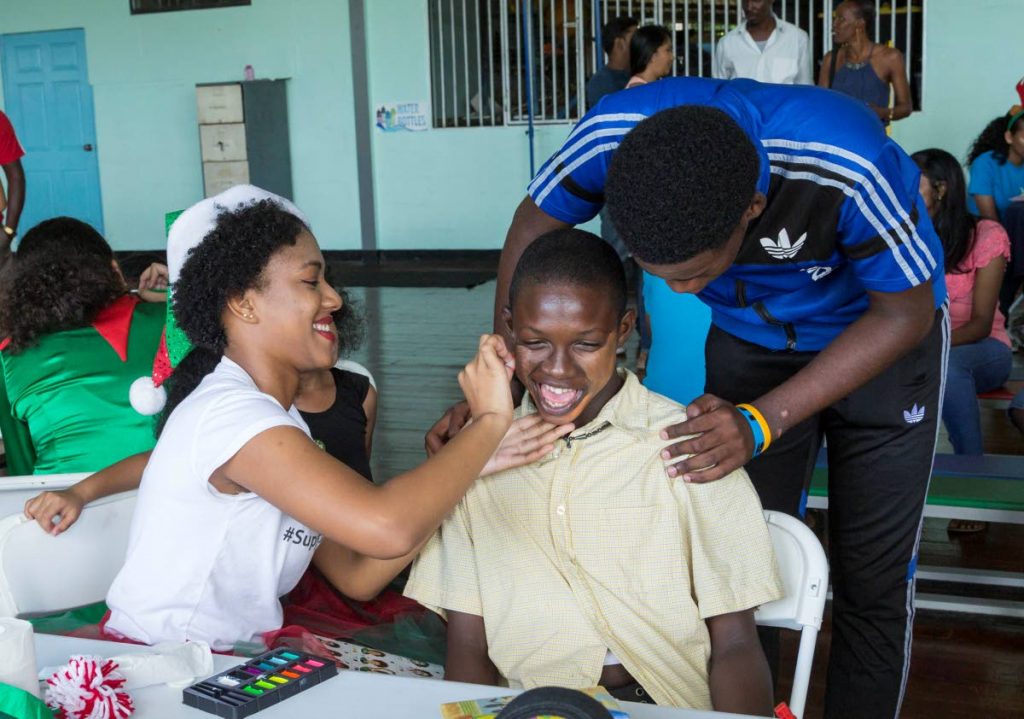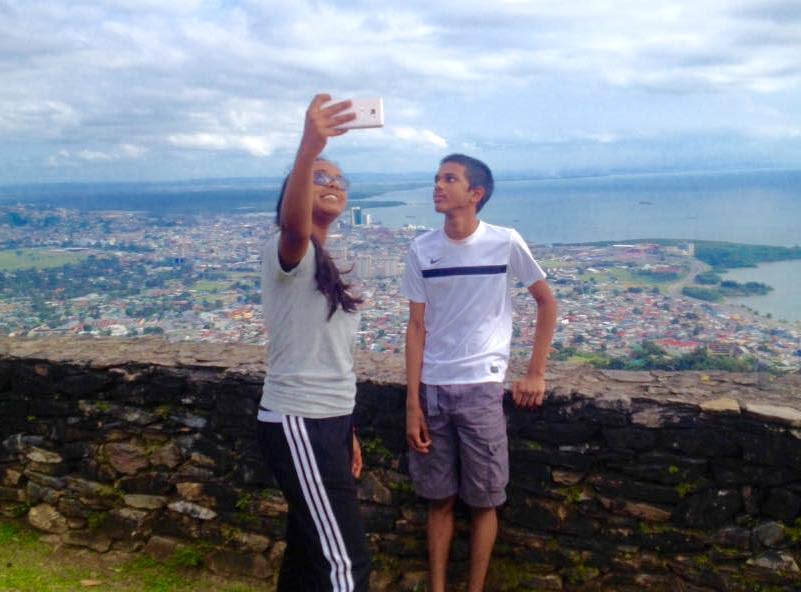The invisible teens with autism

DR RADICA MAHASE
MY NEPHEW Rahul is 13 years old. His entrance into teenage years wasn’t only marked by the physical changes; it was heralded by a serious of development and behavioural issues that he struggles to cope with every day. The meltdowns are more frequent, the need for more quiet spaces and less crowds and clutter, the sense of independence and, of course, the typical teenage behaviour – the immersion in YouTube videos, the obsession with cell phones and the love for selfies.
He is not currently in a school because his school, which is actually one of the best for children with autism, simply does not have the physical space or infrastructure to cater to his needs. Thus, here is a teenager who, while already dealing with the changes that come with puberty, has no outlet for his energy; not intellectual stimulation and no opportunities – and I say this after an unsuccessful, intense search for activities for him.
Sadly, Rahul is not the only teenager with autism in Trinidad and Tobago who is in this situation. There are many others like him, both boys and girls who have become invisible in our society. They are at home, away from the public gaze with no access to schools and no opportunities for mental development.
In a recent survey of all the teenagers registered with Support Autism T&T, only one per cent are currently attending a school and they are all high-functioning on the autism spectrum. All of them are enrolled at private schools. Extra-curricular activities are limited and 80 per cent of the parents interviewed stated that they do not take their children out in public spaces such as malls, cinemas etc, as frequently as before, because of unpredictable behaviour and too many stares from people.
Entering teenage years is generally a rough time for neurotypical children. According to Lauri Revilla, author of The Psychological Impact of Puberty, “Your sweet, good-natured child can turn into a completely different person when going through puberty. During this stage, adolescents experience many physical and psychological changes that can result in confusion, anger and rebellion.”
This is probably one of the most confusing stages of growth as children have difficulties embracing physical and emotional changes. The strong feelings and intense emotions are complicated for them to understand.
Imagine, then, how much more intense it could be for a child with autism. Imagine the situation with a child who is non-verbal, who has difficulties in expressing his/her feelings, who does not understand all the changes and is totally confused. And to top it off, the child has no outlet to deal with these changes.
Many children with autism simply do not understand the changes their bodies are going through. In the case of girls, it is especially challenging to explain the menstrual cycle and to help them to care for themselves. Unfortunately, this phase is characterised by aggressive behaviours and frequent meltdowns as the child with autism tries to cope with physical and emotional changes.
The situation becomes even worst when schools (already limited in choice) cannot cater to their needs; teachers and therapists are not trained to deal with teenagers and activities are not stimulating or enjoyable to them. What happens then?
These teenagers act out and become too aggressive in a school setting. Parents have no choice but to keep them at home and they become the invisible group, the ones who get lost in the system, the ones who society forgets eventually. The more these children stay at home, they more they become frustrated and the more they act out. In many cases they are prescribed medication to help them function in a less aggressive manner.
The almost total lack of opportunities for teenagers with autism and other special needs is both sad and disturbing in Trinidad and Tobago. In order to remove the invisibility, we need to treat this group as a distinct one within the general special needs group, with their own specific issues and needs.
We need to develop specific activities for them; activities that would be stimulating and enjoyable such as art, craft, sports, gardening etc.
We need therapists who are properly trained to deal with teenagers/young adults as well as support systems for both parents and siblings whether in the form of training, counselling sessions or activities for the family.
It is our responsibility as a society to provide for this group. Every single teenager should be visible in our society.



Comments
"The invisible teens with autism"